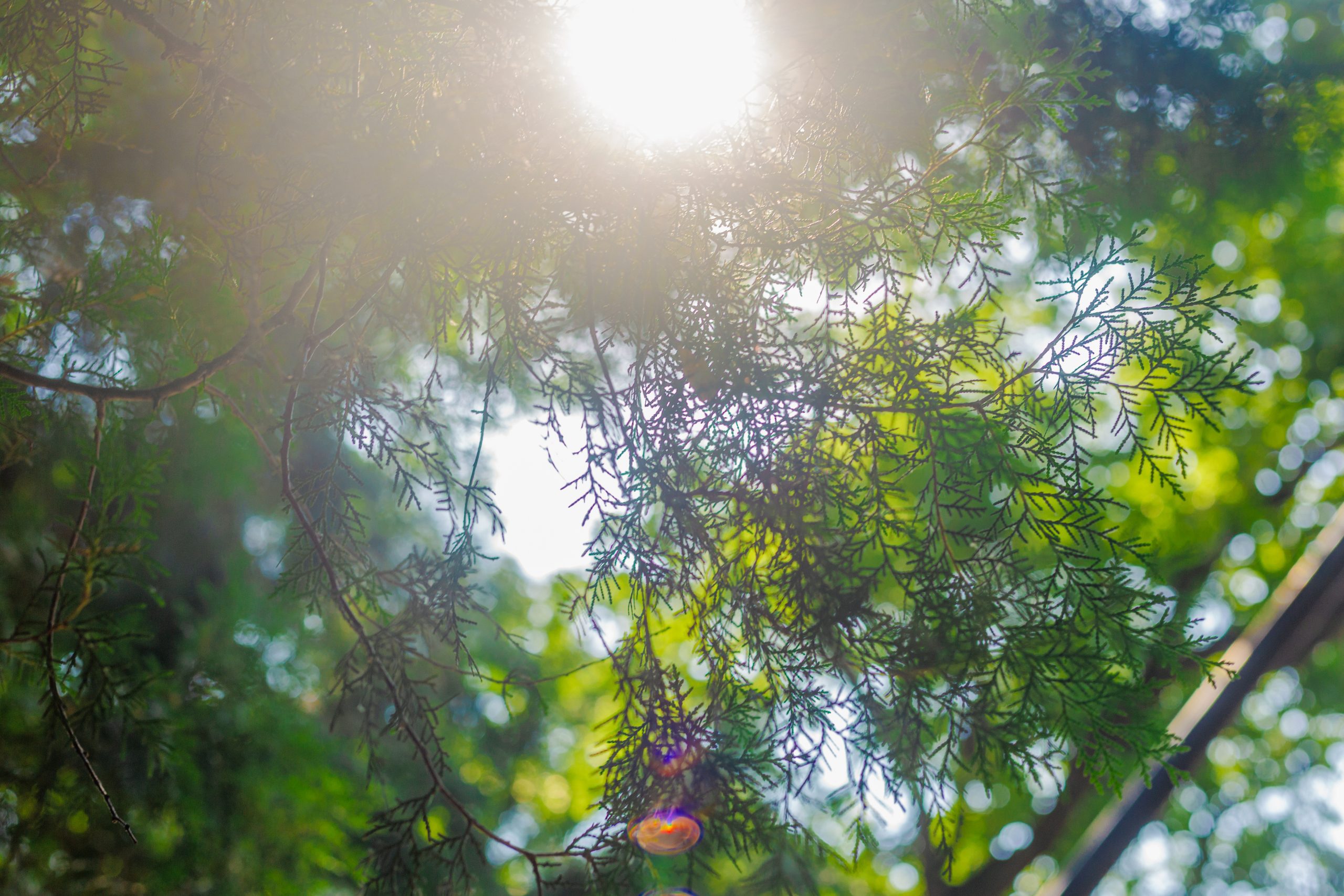Winter scenries in Qianjiang, Hubei. The Jianghan Plains where the city is located have long been peaceful but the local climate often switch from one extreme to another with temperatures in summer going up to about 35 or 40 degree Celsius and going down to -5 degree Celsius in winter.

Passersby walk past a Starbucks location in Wuhan, one of the largest metropolitan areas in Hubei, and home to many exquisite, and spacial coffee shops, many of which are operated by international coffee chains. For a long time, the idea that coffee and its related beverages represent a middle class way of life has taken roots in the city of about 11 million. It’s been incorporated into comtemporary Wuhan way of life about decades ago. Now new coffee shops emerging from Wuhan’s numerous shopping malls reflect a sharp cultural division between the city’s old and young generations. It also reflects a changing cultural and culinary taste, particularly prominent among the younger population who favors coffee over tea and bakery over traditional Chinese cooking in the city of hundred lakes whose traditional wharf culture emphasizes a way of life that’s quite busy and fierce.

Shuishan trees lining up in Qianjiang city of Hubei. The southern part of Hubei is home to about 6 million people and has been flown by a number of powerful rivers including the Hanjiang River and Changjiang River.











